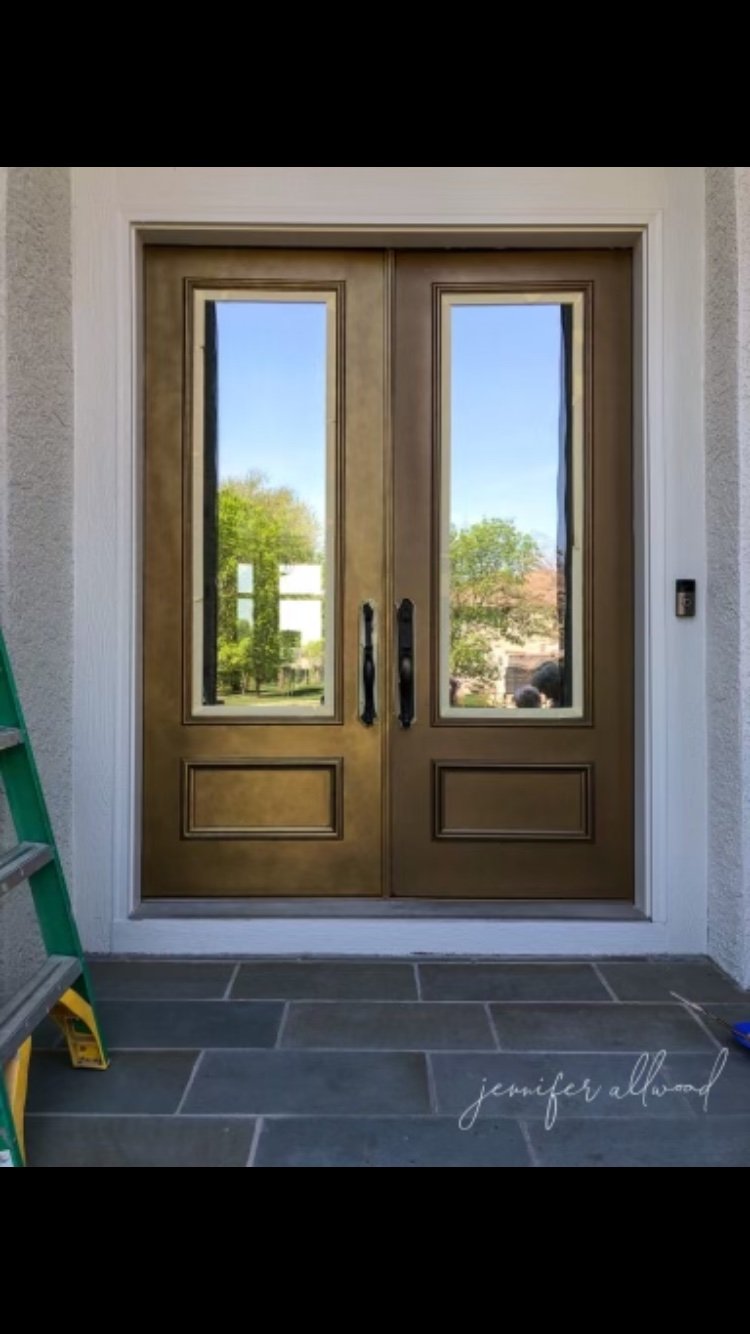- 1 Post
- 22 Comments

I am a geologist that works in the field of characterizing reservoirs for CCS projects. The way I see it, some fossil-fuel industries are here to stay and the best we can do is mitigate their emissions into the atmosphere. Take the UK, they got rid of their coal plants after 100 years and replaced it mainly with natural gas-burning plants, that energy portfolio is not changing to, say, wind or solar anytime soon but now the government (both parties too) are heavily investing in connecting those plants to CO2 storage in the bedrock of the North Sea (which has been demonstrated to be safe).
Industrializing industries in Africa are also starting to construct new fossil fuel plants with CCUS technology. Fossil fuel burning is inherent to developing countries and at least technology can make the industrialization less dirty.
Sorry I’m on mobile and would provide some sources. I can add them if you’re interested.

 2·7 days ago
2·7 days agoWe are just repeating history if he indiscriminately puts tariffs on businesses.
As a geologist I will retort that if Minecraft environments had eroding surfaces like real life does then that bedrock would also be visible at the surface. Outcrops are just areas that are experiencing erosion rates faster than areas that are overlayed with soil. That said, there are a cool Minecraft programs for geological processes that have been shown to be educational.

 5·16 days ago
5·16 days agoI worked in geotech consulting and there is one piece of radioactive equipment used for soil testing that requires a certification to operate and transport in a vehicle, called a nuclear density/moisture gauge. Every year there’s an article that makes the news where a technician forgets to strap down the equipment so it doesn’t fall out the truck or not locking the box that holds the equipment and someone steals it. People really are stupid and lots of companies that give out work trucks don’t teach employees basic safety especially when towing or transporting fragile things.

Having lived in Arizona for a few years and worked in the renewable energy industry there, I always found it surprising no long term planning on anyone’s part is done when designing a water-intensive project especially in the big cities. The problem is that water will still always flow through Phoenix, whether it’s the Colorado River or even more canal projects from other states, and rural folks will always drill deeper for water. It’s not a problem that there isn’t water it’s just the accessibility of the groundwater and how saline it is. The previous governor, Ducey, even suggested the state invest in desalination tech. The surface manifestations (ie earth fissures) of GW withdrawal are obvious but humans find a way to engineer around it or in some cases of Arizona desert they just don’t build there.

 226·27 days ago
226·27 days agoThis is so profoundly sad for a country that once had so much. My Cuban ex-pat family decry the communist government role here but I can never forgive the US for their inhumanity in tacitly letting this disaster unfold and others in the Caribbean, but what else is new.
Season 3 was some of the most riveting television I have ever watched. I’m a bit of a sucker but I still really liked Season 4 despite its pacing, it was a victim of the writers strike.

 2·1 month ago
2·1 month agoIt’s also almost the holiday season!
My friend has a wedding in Tampa on Saturday and as of this morning are still planning for it…

 12·2 months ago
12·2 months agoDon’t forget wood and oil
Where I went to university the geography faculty were part of the Earth Science department. It formed a really interdisciplinary department, there was work being done, for example, in “health geography” — applying population & ecological studies, community health research, and epidemiology to understand disparities. Urban geography like was mentioned strives to understand of the role of cities in regional, national, and international developments but also how cities operate through governance and administration, the role of philanthropic institutions and NGOs, gentrification etc.
The Italian Bombelli in 1572 seemed to toy with both concepts but called imaginary numbers “quantità silvestri” (silvestri meaning ‘wild’) and complex numbers “numeri complessi”. Interesting the imaginary is a quantity and the complex is a number, but maybe old Italian didn’t have that distinction.
I suppose Descartes would agree with you, he first coined the term “imaginary” because he didn’t think they’d serve much purpose. Euler made use of them and continued using the term. Complex number is a complex - a number with a real and an imaginary component.
Main characters are mid-life Vietnam veterans, the movie made White Russians cool (probably more from the cult following it got in the 00s), also bowling alleys( and LA ;) had their heyday in the 90s

 2·2 months ago
2·2 months agoI had enough of YouTube too this past week and started using this server to stream videos. Speaking of Queen, I listened through “The Works” for the first time this week and it was quite the ride, my toddler son really rocked out to it.

 2·2 months ago
2·2 months agoOkay, first off, a lion swimming in the ocean? Lions don’t like water. If you’d placed it near a river or some sort of fresh water source, that’d make sense. But you find yourself in the ocean, 20-foot waves, I’m assuming it’s off the coast of South Africa, coming up against a full-grown, 4-pound blobfish with his 20 or 30 friends? You lose that battle. You lose that battle nine times out of ten. And guess what? You’ve wandered into our school of blobfish, and we now have a taste of lion. We’ve talked to ourselves. We’ve communicated. “Lion tastes good. Let’s go get some more lion!" We’ve developed a system to establish a beachhead and aggressively hunt you and your family. And we will corner your pride, your children, your offspring…

 3·3 months ago
3·3 months agoI’ve been using Flipboard since 2012 and with the ebb and flow of how news is consumed over the last 12 years I think Flipboard has stayed true to its original goal, a simple news aggregator app . I remember when they first introduced ads into the app I was almost turned off, but the ads ended up being formatted similar to the news article so they weren’t intrusive to my experience.
There’s been a few news sources that are garbage but I just mute them and never see them in my feed. I think after 12 years the app has figured out my interests xD
I also read a lot of news in Spanish and the app does a good job of including non-US publications

I absolutely agree with you orphan wells pose a huge problem when it comes to methane leaks and water pollution. That said CO2 injection wells operate under an entirely different suite of regulatory requirements and involve vastly different stakeholders in the initial project planning phase. I am based in the United States so I can’t speak to the regulations other countries are developing. The US is behind on adequate regulations (Congress as usual dragging their feet) but right now CO2 injection wells follow the “Class VI” requirements set out by the EPA. Injection of CO2 must be below the groundwater table, below a proven confining rock layer (to prevent any CO2 from migrating anywhere near the surface) and be at least 800 meters below the surface to ensure CO2 is under enough pressure to remain stagnant. Before, during, and after injection these wells must have a suite of monitoring tests including 4D seismic, soil gas measurements, and in-situ pressure gauges. When the well is no longer active it is plugged and the operator is still liable for the project area for 50 years. By 50 years anything that could go wrong would have done so already, most geophysical models of CO2 leaks assure its storage for at least 100 years but I prefer 10,000 years to emphasize the storage assurance.
Additionally a smart carbon capture project would utilize CO2 mineralization processes that capture the CO2 in the crystal of a mineral (like calcite). This removes the problem supercritical CO2 may pose. This process is geology dependent and works well in basaltic rocks, the Climeworks mammoth plant in Iceland is an example of this.

The technology is here and it is developing at a rapid pace. There are a lot of clever ways to remove CO2. Keep in mind “CDR” - carbon dioxide removal and “CCUS” - carbon capture, utilization & storage are two different approaches to reducing atmospheric CO2 concentrations. CDR includes soil carbon sequestration, bio-char, ocean alkalinity. CUS is storage of supercritical CO2 between the pore space of permeable rock.






There is a Potawotani word “puhpowee”, whose translation into English is “the force which causes mushrooms to push up from the earth overnight.” Puhpowee is the unseen, animating force that inhabits the natural world, the hot breath of life.